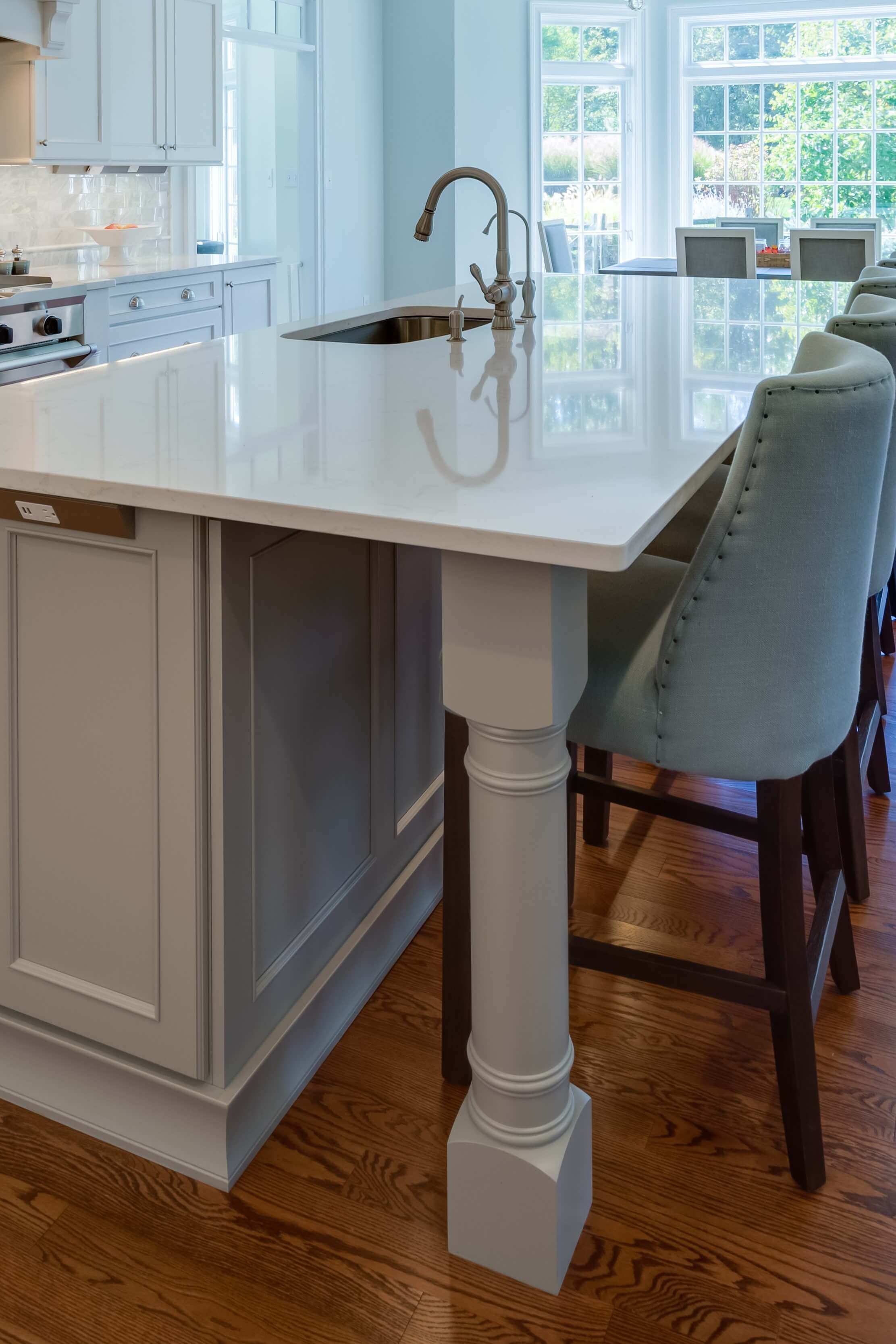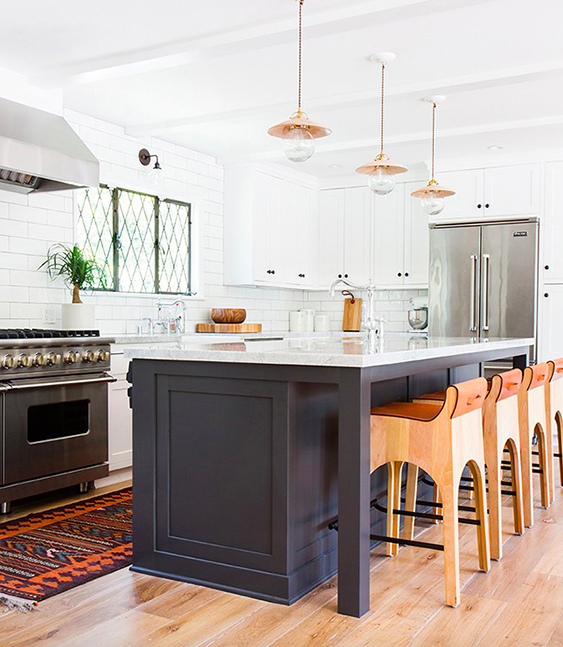How to Integrate a Kitchen Island Leg into Your Kitchen Remodel
How to Integrate a Kitchen Island Leg into Your Kitchen Remodel
Blog Article
The Significance of a Sturdy Kitchen Island Leg in Producing a Practical Cooking Location
A tough cooking area island leg functions as an essential component in establishing a useful cooking atmosphere, giving essential support for both the counter top and numerous kitchen activities. The security it offers can substantially reduce the risk of accidents in high-traffic locations, while additionally adding to the total visual coherence of the room. As kitchen areas evolve into multifunctional locations for cooking, eating, and interacting socially, the choice of products and layout considerations for island legs ends up being significantly crucial. Recognizing these components can transform your cooking area into a much safer and more effective area, prompting further exploration right into the most effective choices available.
Benefits of Sturdy Island Legs
Offering crucial assistance, tough kitchen island legs play a pivotal role in enhancing the functionality and sturdiness of kitchen area islands - kitchen island leg. These legs not just bear the weight of the kitchen counter and any type of extra items put on the island, however additionally add to the total security of the structure. A well-supported kitchen area island guarantees that it remains upright and practical, also under heavy usage, which is specifically important in active kitchen area atmospheres
Moreover, tough island legs can enhance the aesthetic charm of the kitchen. They provide a solid framework that can enhance different layout styles, from modern to traditional. This flexibility enables home owners to personalize their kitchen area islands according to personal taste while making sure that the architectural stability remains uncompromised.
In enhancement to their supportive duty, robust cooking area island legs can likewise improve safety. Ultimately, investing in durable kitchen area island legs is important for a practical and visually pleasing cooking area.
Products for Kitchen Area Island Legs
When choosing products for kitchen area island legs, longevity and visual charm are essential factors to consider. One of the most typical materials consist of wood, metal, and crafted wood, each offering unique benefits.
Hardwood, such as oak, cherry, or maple, is a traditional choice because of its strength and classic elegance (kitchen island leg). It can endure significant weight and is resistant to wear, making it excellent for high-use kitchen settings. Additionally, wood can be discolored or repainted to match numerous kitchen styles
Metal legs, typically crafted from stainless steel or wrought iron, give a commercial and contemporary appearance. They are incredibly solid and can sustain significant tons while being immune to wetness and heat, which is useful in a cooking location. Metal legs can also be quickly cleansed, improving their functionality.

Layout Factors To Consider for Security
The option of materials for kitchen island legs directly affects the layout considerations for stability. When designing a kitchen area island, it is extremely important to assess the weight-bearing you could try these out capacity of the chosen products. Larger products, such as strong wood or steel, commonly supply higher stability, particularly under the stress and anxiety of everyday usage.
Additionally, the leg layout need to integrate correct geometry to enhance security. A broader base enhances the support area, lessening the threat of tottering or tipping. Factor to consider needs to additionally be provided to the height of the legs; out of proportion leg lengths can lead to imbalance, endangering the general stability of the island.
In addition, the distribution of weight throughout the island is vital. Guaranteeing that the leg placement lines up with the heaviest elements, such as countertops and appliances, will even more boost security.
Upkeep Tips for Longevity

Cleaning up is another essential facet of maintenance. Depending on the material of the legs-- whether timber, steel, or composite-- appropriate cleaning techniques need to be used. For wood legs, a gentle clean with a damp fabric and a suitable wood cleaner will help maintain their surface. Metal legs may require a light polish to stop rust and keep their radiance.
Additionally, tightening screws and screws on a regular basis can make sure security and protect against wobbling. Consider strengthening the legs with additional braces or supports to enhance longevity if the kitchen area island experiences heavy use. Applying a safety coating or sealer can protect versus dampness and discolorations, prolonging the lifespan of the legs. By adhering to these maintenance suggestions, homeowners can guarantee their kitchen area island legs continue to be useful and robust for many years ahead.
Choosing the Right Leg Style
Routine upkeep makes sure that cooking area island legs continue to be useful and strong, yet choosing the best leg design is equally essential for both aesthetics and support. The selection of leg design can considerably influence the total design and consistency of your cooking area.

Functionality is another crucial facet. Thicker legs or those with a tough base can support heavier counter tops and equipment, boosting the island's utility. On the other hand, slender legs may produce a ventilated appearance, ideal for lighter layouts but possibly less helpful.
Final Thought
In recap, the relevance of sturdy kitchen area island legs can not be overemphasized in the development of a practical cooking area. These legs supply vital support, enhance read more security, and contribute to the total aesthetic of the kitchen area.
A durable kitchen island leg serves as an essential part in developing a functional cooking environment, giving needed assistance for both the counter top and various cooking area tasks.Giving vital support, sturdy cooking area island legs play an essential function in boosting the functionality and sturdiness of cooking area islands. Eventually, spending in strong kitchen island legs is essential for a practical and aesthetically pleasing cooking location.
Consideration needs to additionally be given to the height of the legs; disproportionate leg sizes can lead to imbalance, compromising the general stability of the island.
Wood legs give heat and a timeless appearance, while metal legs provide a industrial and modern feel.
Report this page